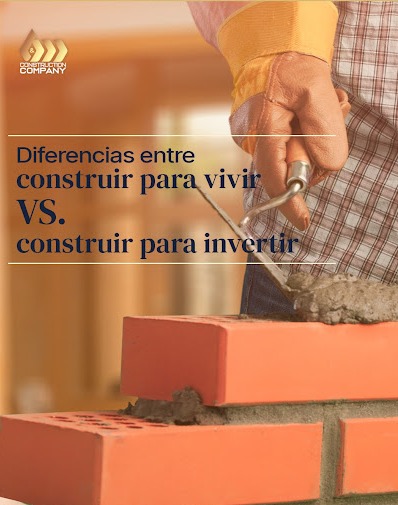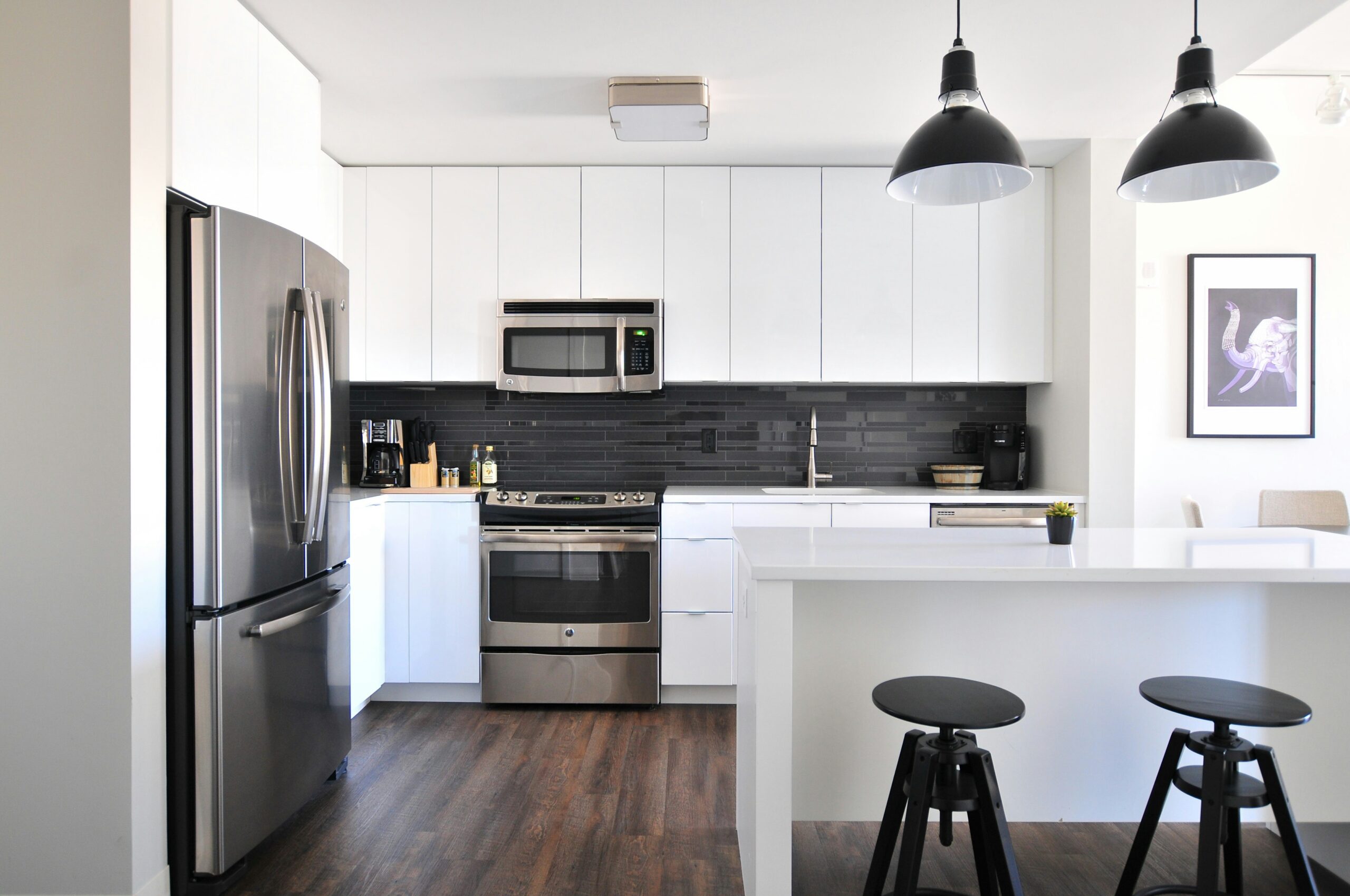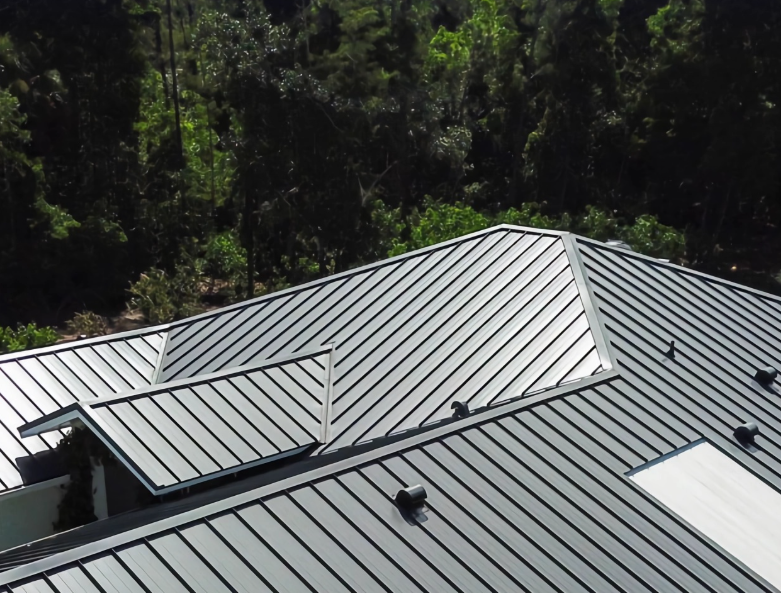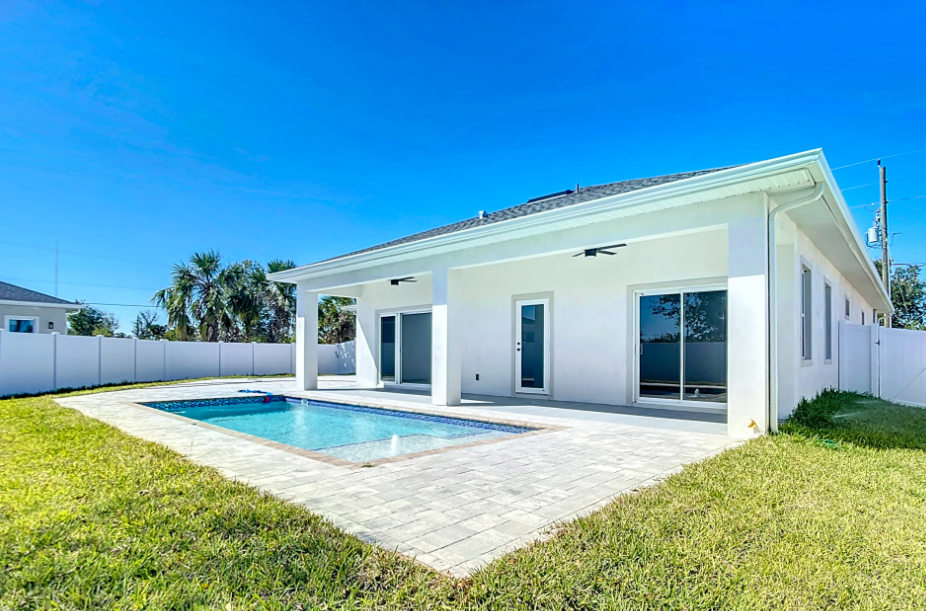Defining a Home vs an Investment Property
In the realm of real estate, understanding the distinction between a home and an investment property is crucial for both buyers and investors. A home, often referred to as a primary residence, is a property where an individual or family resides. It serves as a living space and a personal sanctuary, providing shelter, comfort, and a sense of belonging. Homeowners purchase these properties with the intention of living there for the foreseeable future, focusing on factors such as neighborhood, accessibility, and community amenities.
Conversely, an investment property is acquired primarily for the purpose of generating income or profit. These properties can take various forms, including residential units, commercial spaces, or land slated for development. Investors typically focus on the potential for rental income, appreciation in value, or both. The decision to purchase an investment property is driven by financial considerations and market trends, often requiring a strategic approach to maximize returns.
While a home is often seen as a long-term commitment, offering emotional and lifestyle benefits, an investment property is viewed through the lens of economics and future profitability. Understanding these differences is vital, as the objectives, tax implications, financing options, and management responsibilities can vary significantly between owning a home and an investment property. Whether one is looking to create a nurturing environment for their family or aiming to build a lucrative real estate portfolio, recognizing these distinctions can guide informed decisions in the dynamic real estate market.
Key Characteristics of Living-Oriented Homes
Living-oriented homes, often considered sanctuaries of comfort and personal expression, are designed with the primary purpose of serving as a personal residence. These homes are crafted to cater to the unique lifestyle, preferences, and needs of the inhabitants, offering a harmonious blend of functionality and aesthetics. When conceptualizing a living-oriented home, the emphasis is on creating spaces that resonate with personal tastes while providing a nurturing environment for day-to-day living.
One of the defining characteristics of living-oriented homes is their focus on comfort. These homes are typically equipped with amenities and features that enhance the living experience, such as spacious interiors, cozy nooks, and personalized decor. The layout often prioritizes communal areas like living rooms and kitchens, which serve as the heart of family gatherings and social interactions. Bedrooms and bathrooms are designed to offer privacy and relaxation, reflecting a balance between shared spaces and personal retreats.
Moreover, living-oriented homes are often situated in neighborhoods that offer a sense of community. Proximity to schools, parks, and local amenities is a key consideration, ensuring convenience and connectivity for residents. The architectural style may vary from modern minimalist designs to traditional structures, yet the underlying theme remains the same—creating a home that reflects personality and supports a fulfilling lifestyle.
In essence, living-oriented homes are much more than mere structures; they are a canvas of personal expression and a foundation for cherished memories, embodying the essence of what it truly means to have a place called home.
Key Characteristics of Investment Properties
Investment properties stand distinct from primary residences due to their primary purpose: generating income. Whether through rental income, appreciation, or a combination of both, these properties serve as a financial vehicle to increase wealth over time. Understanding the key characteristics of investment properties is essential for making informed decisions in real estate investment.
Income Generation Potential
One of the most appealing aspects of investment properties is their ability to generate a steady income stream. Investors often seek properties in high-demand locations with robust rental markets, ensuring consistent cash flow. The rent collected not only covers the mortgage payments but also contributes to profit, making it a lucrative venture when managed effectively.
Appreciation and Long-Term Value
Beyond immediate income, investment properties are valued for their potential appreciation. Over time, the value of real estate can increase significantly, providing substantial returns upon sale. This appreciation is often fueled by economic growth, infrastructure development, and market trends, making location a critical factor in investment decisions.
Tax Benefits
Investment properties offer several tax advantages that can enhance profitability. Investors can often deduct expenses such as mortgage interest, property taxes, and maintenance costs from their taxable income. Depreciation, a non-cash deduction, can also reduce taxable income, further maximizing investment returns.
In conclusion, the characteristics of investment properties make them an attractive option for those looking to diversify their financial portfolio. By understanding these key traits, investors can better navigate the complexities of the real estate market and capitalize on lucrative opportunities.
Balancing Personalization and Profitability
Navigating the intricate landscape of real estate involves weighing personal desires against financial ambitions. When it comes to deciding between purchasing a home for personal use or as an investment property, one must carefully consider the balance between personalization and profitability. This balance is crucial as it dictates the potential for personal satisfaction and financial gain.
For those considering a home primarily for personal use, personalization becomes a priority. The ability to tailor every detail to suit your tastes and lifestyle is a significant advantage. From choosing a color palette that resonates with your personality to customizing the layout to meet your family’s needs, owning a home allows for an unparalleled level of personalization. However, this often comes at a cost, as the more unique a home becomes, the less it may appeal to future buyers, potentially impacting resale value.
On the other hand, investment properties demand a different approach. The focus shifts from personal preference to market trends and investment potential. Features that enhance rental or resale value, such as modern updates, location, and energy efficiency, take precedence. Here, profitability is the driving force. The goal is to maximize return on investment (ROI) by choosing properties that align with market demand and have the potential for appreciation.
Striking a balance between these two paths requires strategic planning. It involves assessing your long-term goals and understanding the trade-offs. Whether you prioritize a home that reflects your individuality or one that promises financial returns, the choice ultimately shapes your real estate journey.
The Role of Location in Real Estate
When it comes to real estate, the mantra “location, location, location” is not merely a cliché—it’s a fundamental principle that can determine the success of your investment. Whether you’re considering purchasing a home for personal use or an investment property, the location will significantly impact the property’s value, rental potential, and future appreciation.
In real estate, a prime location can elevate a property from ordinary to extraordinary. For homes, this means proximity to quality schools, vibrant communities, and essential amenities such as grocery stores, parks, and healthcare facilities. A home situated in a desirable neighborhood not only enhances the living experience but also ensures a steady appreciation rate, making it a solid long-term investment.
For investment properties, location is even more critical. The area’s economic health, employment rates, and development forecast are pivotal factors that influence rental yields and occupancy rates. Regions experiencing economic growth, urban development, and infrastructural expansion tend to attract more tenants, thus offering better rental returns. Additionally, properties near business districts or universities often see higher demand, ensuring consistent rental income.
Ultimately, understanding the nuances of location will empower you to make informed decisions, whether you’re buying a home to live in or an investment property to rent out. A strategic location not only promises immediate benefits but also ensures long-term gains, securing your financial future in the real estate market.






